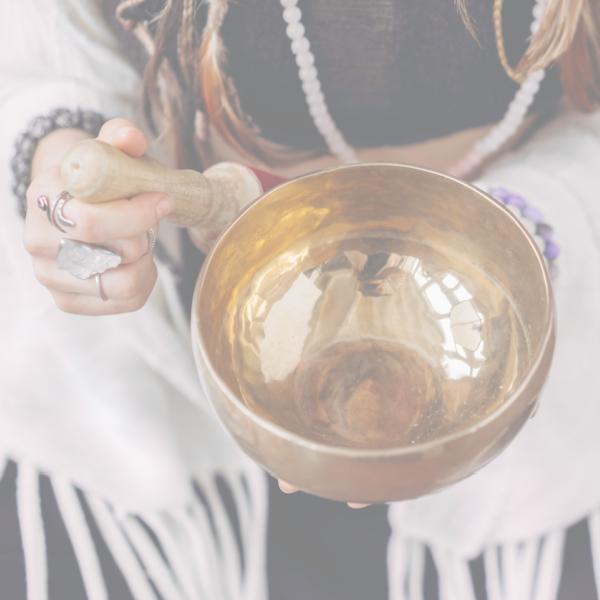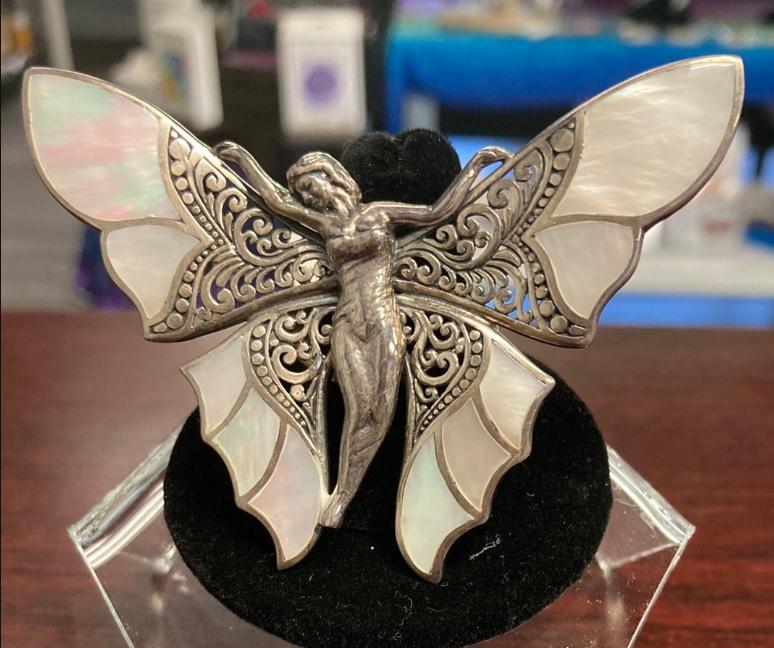Is it a Real or Fake Crystal?

his morning I received an email from someone who had recently purchased a piece of black tourmaline from our store. They attached a photo of their stone, which showed some cracks and an unusual inner texture. Their message was clear, direct, and honestly, pretty emotional. They weren’t asking for a refund—they just wanted to know:
“Is this the kind of quality you normally sell? Because it looks fake.”
Reading their words, my heart sank a little. Not because I was upset with them (I wasn’t), but because I get it. I understand what it feels like to invest in something meaningful—especially something energetic, sacred, or symbolic—and then feel like maybe you were misled. That feeling sucks. And it can shake your trust not just in the store, but in the whole process of healing and growth.
So, I want to share how I responded—not just with them, but with all of you. Because this is actually an important conversation that we all should be having in the spiritual and metaphysical community.
Let’s Talk About the Stone
The stone they purchased was black tourmaline—an amazing protective stone, but also one that tends to have a rough, raw personality. Cracks, mineral striations, and inclusions are totally normal in natural stones like this. In fact, imperfections are often a sign that something is natural.
If a stone looks flawless, super shiny, or like it was cast from resin, that’s when I personally start to question it.
In the photo they shared, I could see what looked like a natural fracture, possibly revealing a bit of internal structure or a mineral inclusion. Totally common in tourmaline. But I could also see how someone unfamiliar with that might think it was fake or broken open to reveal something else.
The Truth About the Crystal Market
Here's something I think all crystal lovers should know: not everything on the market is raw and untouched. Some stones are heat-treated, lab-grown, or coated to enhance color and shine. That doesn’t mean they’re worthless or energetically void—it just means they’ve been altered. And that should be clearly communicated.
Examples?






-
Citrine is almost always heat-treated. Real citrine can look absolutely clear like a clear quartz, real citrine that is the beautiful yellow that we love is very expensive because of its rarity.
-
Opalite is manmade. Opalite is created by fusing various minerals, including dolomite, quartz, and metals, at high temperatures.
- Rainbow Aura or Aura Quartz is liquid titanium coating that is then heated with the crystal to create the beautiful rainbow effect. You see it a lot on clear quartz, rose quartz, amethyst and drusy crystals.
- Goldstone or Blue Goldstone or Green Goldstone are all man-made, not a naturally occurring gemstone. It's created by infusing glass with tiny metal particles like copper, cobalt, or chromium. These particles create the characteristic glittering effect that resembles gold and give its beautiful sparkle.
- Colored Obsidian is also a heat treated or man made product from glass.
In most cases, there’s still real crystal at the core—like the citrine or the quartz in aura quartz. So the base frequency is still there. The metaphysical properties don't disappear, but they might shift slightly or blend with the energy of the process used. Heat, metal, and human intention can all interact with a crystal’s vibration in unique ways.
Some people even feel that these enhancements amplify certain traits, while others prefer the raw, untouched energy. Both are valid. What matters most is your intention, your resonance with the stone, and the clarity around what you’re working with.
At Kuantum Life, we carry both natural and treated stones, and we’re always upfront about what’s what. Because informed choices are empowered choices.
Why This Matters to Me
I didn’t start Kuantum Life to move product. I started it to create a space where people could explore their healing, intuition, and transformation journey in a safe and sacred way. I believe in the energy of crystals. I also believe in education, integrity, and transparency.
When someone questions what we sell, it’s not just about a stone. It’s about the trust behind that stone. And trust is everything in this work.
So, even though the person didn’t want a refund, I offered them one anyway—along with the chance to find a piece they felt more aligned with. Because it’s not about the sale. It’s about the experience.
What You Can Do
Whether you buy your crystals from me or anywhere else, here are a few tips to keep in mind:
-
Look for imperfections. Real stones usually aren’t “perfect.”
-
Ask questions. How was it sourced? Is it natural or treated?
-
Pay attention to color and shine. Intense colors, sparkly or glossy? It might be enhanced.
-
Trust your intuition. If something feels off, ask and we're happy to tell you what we know.
And remember—I’m not perfect - but I do my best to stay informed. I also trust my intuition. I personally feel the energy of every product we put out for sale in the store. If something doesn’t feel aligned, it doesn’t go on the shelf.
Period.
There have been times I’ve sent pieces back or refused to carry certain stones, because they just didn’t feel right. This work is energetic, not just transactional—and I take that seriously.
Final Thoughts
To the person who sent that email—thank you. You reminded me why I do what I do, and why conversations like this matter. Your voice gave me the chance to open this dialogue with others who may be wondering the same thing but didn’t know how to ask.
So, if you’ve ever questioned a crystal, been confused by what you received, or worried about being “fooled,” know this:
You’re not alone. Your questions are welcome. And I’ll always be honest with you.
In clarity,
Founder of Kuantum Life







It is interesting to see my experience reflected here. As the customer who sent the initial email and the original photographer of the black tourmaline shown in this post, I feel the need to clarify a few points.
First, this photograph was used without my permission and remains displayed despite my direct request for its removal. This contradicts the transparency and respect for consent that your blog claims to promote.
My initial email raised a specific concern. The stone appeared unusually smooth and glossy. According to your own guidance to “pay attention to color and shine,” this can suggest enhancement. After only a few weeks, the stone became scratched, then cracked open to reveal a noticeably different, crumbly material inside. Your advice encourages customers to “look for imperfections,” “ask questions,” and “trust your intuition” when something feels off. I did exactly that. My email was a genuine attempt to ask honest questions because the stone’s appearance and unexpected break felt wrong.
Instead, I received a generic AI-generated response that discussed crystal fractures in general but did not address my specific concern. This was followed by defensive and evasive language rather than a transparent human explanation.
I understand that when someone is not used to being held accountable, even a straightforward request for honesty and personal responsibility can feel like an attack or an attempt to get an answer they would rather not give. Framing my inquiry this way shifts blame and avoids the core issue.
My disappointment comes from this serious lack of clear and human communication from a business that claims to value integrity and education.
Thank you so much for this newsletter! I am new to this journey and this was so timely! I look forward to visiting your safe space!
Leave a comment